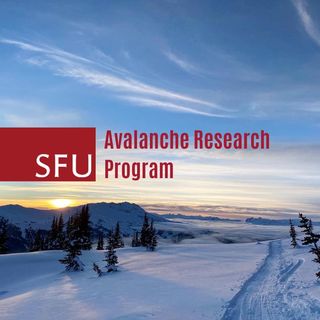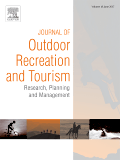Exploring the avalanche bulletin as an avenue for continuing education by including learning interventions
This is an Open Access article accessible to everybody. Click here to download a copy.
Abstract
Snow avalanches pose a serious threat to people recreating in the mountainous backcountry during the wintertime. To help recreationists manage their risk from avalanches, local avalanche warning services publish daily bulletins to inform the public about the existing hazard conditions. While the correct application of this information is crucial for avoiding potentially deadly accidents, recreationists’ ability to develop their skills through practical experience alone is limited due to the wicked nature of the backcountry learning environment where feedback is not always reliable.
The present study explores the idea of improving recreationists’ ability to apply the hazard information to terrain by adding interactive exercises with feedback directly into the daily avalanche bulletins. To examine this idea, we conducted an online survey that included a route ranking exercise. Our analysis dataset included responses from 2278 backcountry recreationists with a variety of backgrounds and avalanche safety training levels. Using a series of generalized linear mixed effects models and conditional inference tree analyses, our results highlight that including interactive self-assessment exercises in avalanche bulletins has potential for enhancing their effectiveness and education value, especially for individuals who might not have the skills to properly understand the hazard information well enough to make informed decisions about personal risk but are willing to learn.
Management implications
Avalanche warning services should consider integrating application exercises with feedback into their bulletins to give users opportunities to assess their understanding and practice their information processing skills. Integrating such exercises directly into the bulletin takes advantage of recreationists’ frequent interaction with the product and provides them with just-in-time education when they use the bulletin for personal trip planning. Enhancing bulletins this way will turn them from pure condition reports into a critical component of the overall avalanche awareness education system. Recreationists’ performance in these exercises can provide warning services with valuable insights into skill levels of their users.

